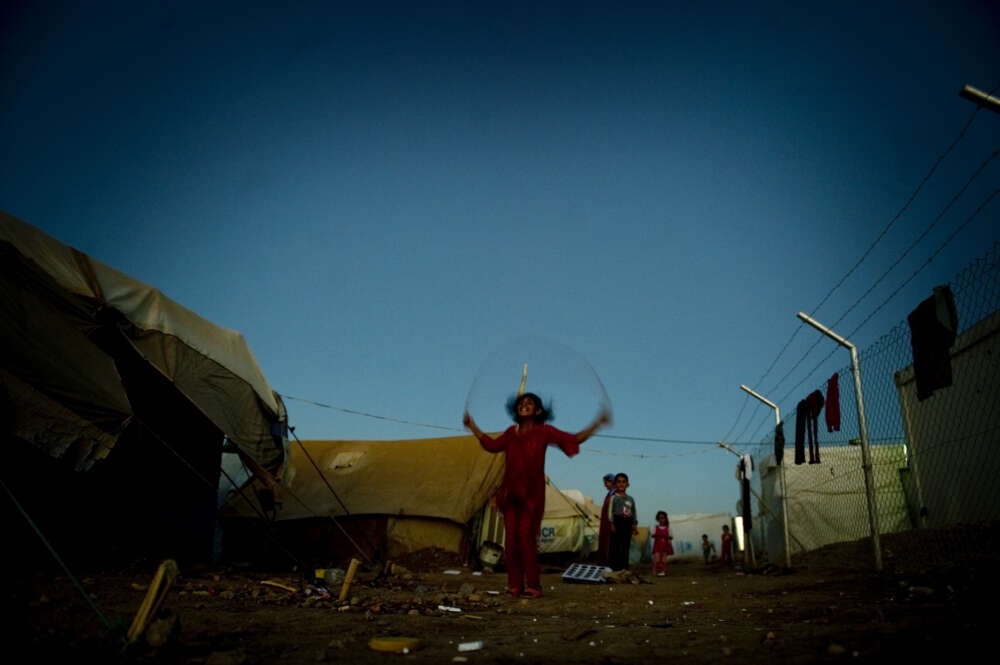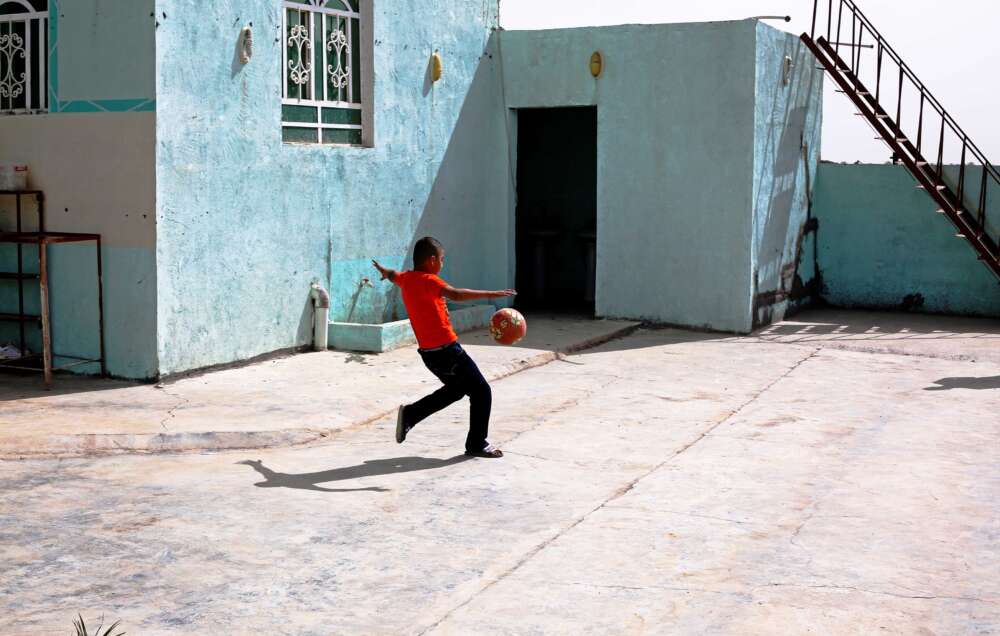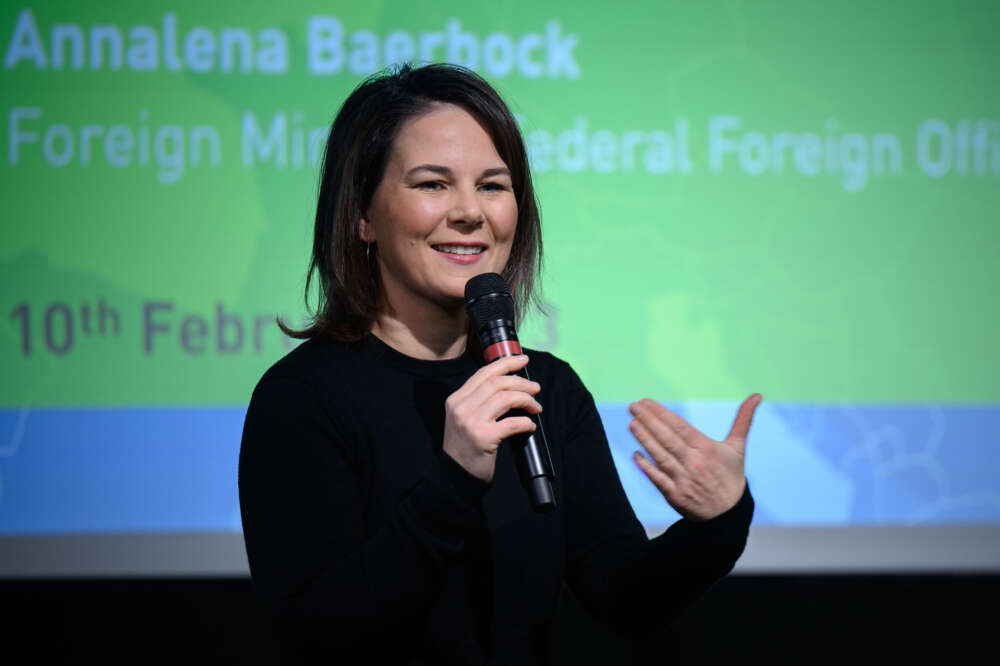Learning From What Works: Lessons for Responding to Digital Threats to Peacekeeping

In 2021, UN Secretary-General António Guterres launched the Strategy for the Digital Transformation of UN Peacekeeping, stating that digital technology “represents one of the greatest opportunities, but also one of the greatest challenges, of our time.” Among these challenges, disinformation has emerged as particularly urgent, with peacekeepers increasingly confronting a seemingly unstoppable flood of false or harmful content circulating through social media, WhatsApp, radio, and local newspapers – and many citing it as a central factor in “the calls for MINUSMA to leave” Mali. But digital threats do not stop at disinformation. Cyberattacks can expose sensitive data, endanger peacekeepers, and put local communities at risk. Internet shutdowns can block access to banking, emergency information, and public services. And (often state sponsored) surveillance of journalists and human rights defenders can quickly shrink civic space and enable evermore authoritarian practices. For local, national, or international actors trying to respond, the feat can seem overwhelming; however, there are some successful efforts they can learn from. Over the past year, our team conducted interviews, workshops, and foresight scenario exercises with over 100 experts and practitioners across African civil society, donor states, and international organizations. We identified four “building blocks” common to effective programming on digital threats. While these insights are drawn from the electoral context, they can help peacekeeping missions build more robust, flexible, and context-specific responses.
Varied Actors for Varied Digital Threats
Despite the wide-ranging nature of digital threats, there’s often a lack of coordination between the many actors trying to address them. Groups working on disinformation, hate speech, cybersecurity, and media literacy are frequently isolated from one another. With limited funding and overstretched staff, organizations may duplicate efforts — or worse, unintentionally undermine each other. Stronger responses come from collaboration. The MAPEMA coalition, for instance, created dashboards and “situation rooms” that brought together online monitors, fact-checkers, radio producers, and local officials to coordinate messaging. Initiatives like the Freedom Online Coalition (FOC) — a group of 42 governments promoting internet freedom— also demonstrate how diplomatic coalitions can shape digital norms at the global level. Peacekeepers have begun forging greater partnerships as well. One example is Radio Okapi in the Democratic Republic of Congo, a collaboration between MONUSCO and Fondation Hirondelle. Broadcasting in four local languages and French, the station delivers accurate information that reaches across the country. This kind of partnership is a promising start, but our research shows more can be done.
Taking an Institutional Approach to Digital Threats
A common shortcoming of many digital threat responses is their narrow focus on short-term or one-off interventions. These approaches may deliver some impact in the moment, but they rarely strengthen the institutions needed for long-term resilience. Local civil society organizations — particularly those embedded in the communities peacekeeping missions serve — are often best placed to identify how and where digital harms occur. Yet these organizations typically face barriers to accessing international funding, and when they do, it rarely supports long-term institutional growth. In contrast, more effective initiatives invest in the organizational capacity of local partners. For example, BBC Media Action and the Digital Defenders Partnership recognized that traditional training often failed when organizations lacked the structures to absorb new skills. In response, they began embedding experts in local institutions for three to six months to identify systemic weaknesses and co-developed solutions, leaving behind stronger institutions — not just trained individuals. Peacekeeping missions should follow suit. As Miyashita argues, all peacekeepers — not just a handful of tech specialists — must be trained to understand and respond to digital threats. Building institutional awareness and capacity within missions is as important as building it externally. Without organization-wide digital competence, even the best strategies are unlikely to succeed.
Hybrid Solutions for Hybrid Problems
Digital threats are deeply entangled with offline dynamics. Online harassment of human rights defenders by corrupt state elites, for example, tends to be accompanied by them being threatened in person. Disinformation about peacekeepers often spreads effectively because it draws on real-life grievances or past misconduct. In this context, purely digital interventions fall short – and yet are the first many international donors tend to reach for. Successful programs assess where technology adds value – and where traditional methods may be more effective. For instance, the Digital Defenders Partnership and CIPESA both begin digital security projects with assessments of their partners’ tech literacy and existing systems to ensure solutions are tailored to actual need. Similarly, many staff of peacekeeping missions reported that essential digital tools were underused or unavailable – highlighting the need for those developing tools to understand mission needs. Offline engagement remains indispensable. Organizations like Media Focus on Africa Uganda and Deutsche Welle Akademie all emphasize in-person discussions to build media literacy and counter hate speech often prove more effective than digital campaigns alone. Peacekeepers, too, must “meet people where they are” both online and offline. Digital threats to peacekeeping missions are growing – but we’re not starting from scratch. This research highlights four effective strategies: investing in local research, building diverse coalitions, supporting institutional capacity, and integrating digital with offline approaches. The temptation to treat digital threats as entirely new challenges must be resisted. While technologies evolve, the core threats – disinformation, state-sponsored manipulation, repression – are familiar. By applying lessons from elections and civil society work, peacekeeping missions can respond more strategically and effectively. With the right mix of innovation and established best practice, the UN can strengthen its peacekeeping toolkit for a world increasingly shaped by digital force.
This journal article was originally published in Global Alliance for Peace Operations’ The Future of United Nations Peace Operations. Compendium of Short Issue Papers and Policy Recommendations for the UN Peacekeeping Ministerial 2025 in Berlin on 6 May, 2025.







